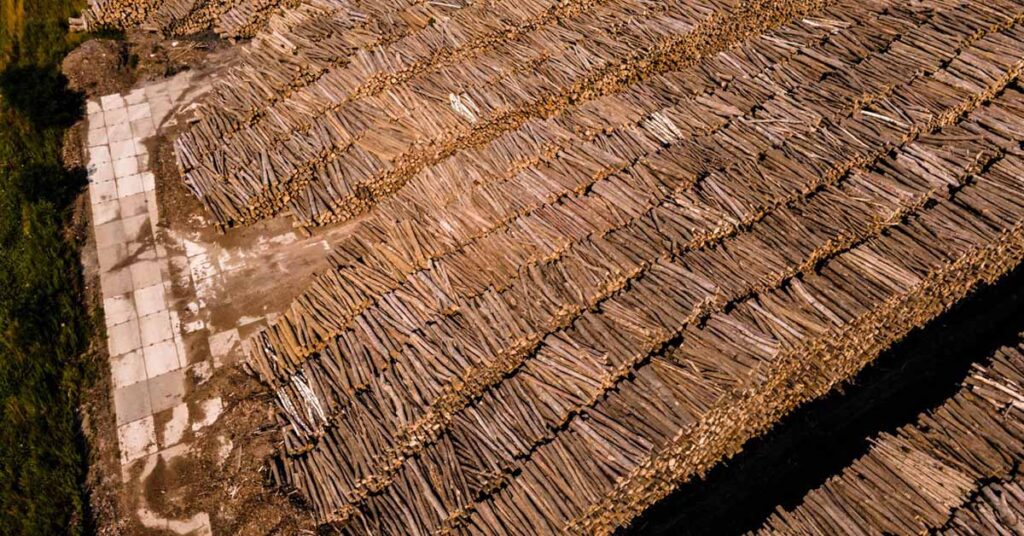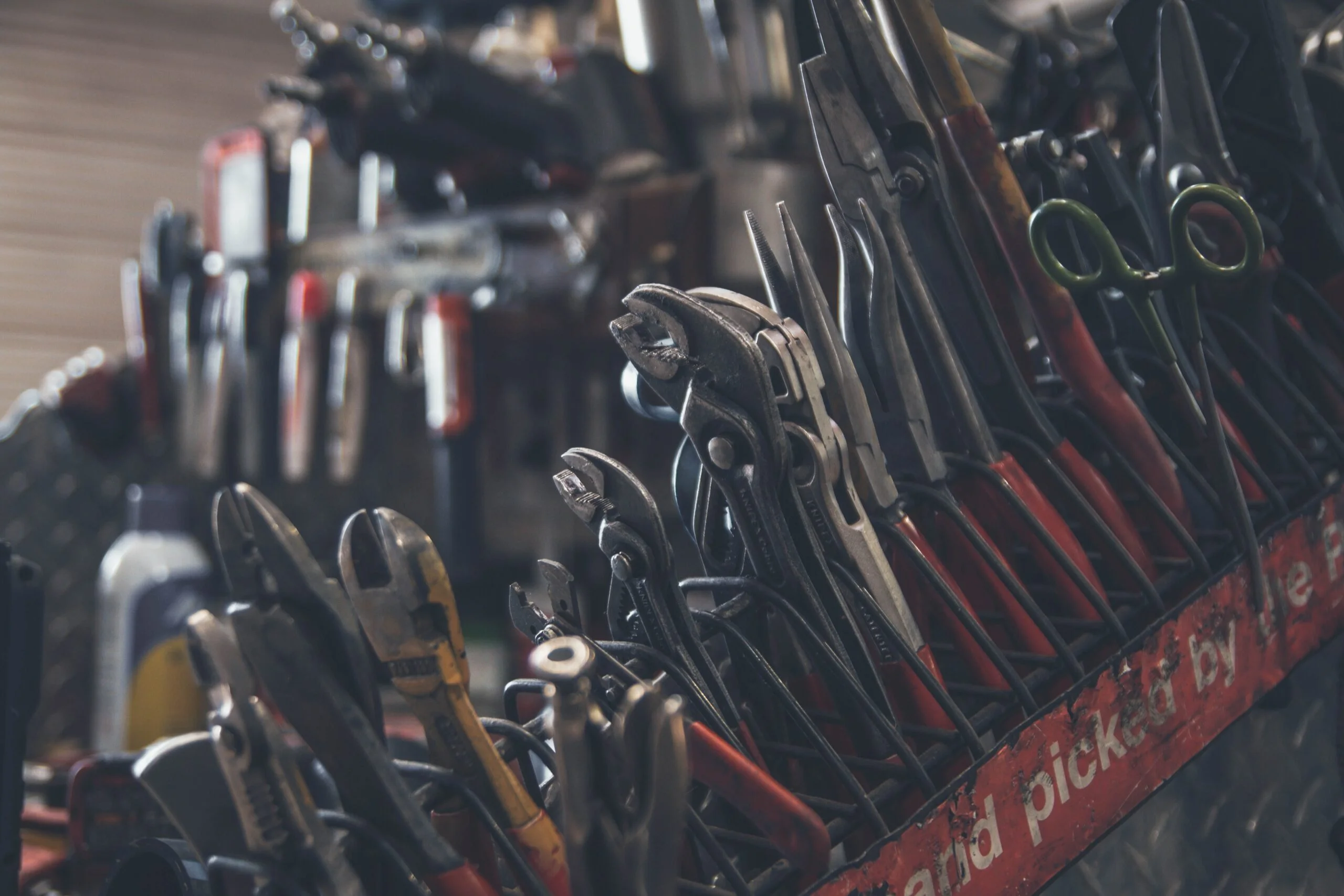Thatched roofs exude rustic charm and timeless appeal, making them a captivating choice for homeowners seeking a touch of tradition. However, amidst their aesthetic allure, questions often arise about their durability and longevity. If you’re a homeowner in Dallas, Texas, contemplating a thatched roof for your dwelling, understanding its lifespan is crucial. In this comprehensive guide, we will explore how long does a thatched roof last, considering factors that influence its durability and maintenance requirements. Let’s get started.
What is a Thatched Roofing?
Thatched roofing, characterized by its layers of bundled vegetation, has been used for centuries across various cultures worldwide. Materials commonly used in thatching include straw, reed, and water reed. Thatched roofs are renowned for their natural insulation properties, eco-friendliness, and timeless aesthetic.
How Long Does a Thatched Roof Last?
While the lifespan of a thatched roof can vary depending on the factors mentioned above, a well-maintained thatched roof typically lasts between 20 to 50 years. However, with proper care and maintenance, some thatched roofs have been known to endure for over 70 years.
Factors Influencing the Longevity of Thatched Roof
The lifespan of a thatched roof is influenced by several factors, including:
- Material Quality: The quality of the thatching material significantly impacts the roof’s durability. High-quality materials sourced from reputable suppliers tend to last longer and withstand weather elements more effectively.
- Roof Pitch: The pitch or angle of the roof plays a crucial role in determining its longevity. Steeper pitches promote better water runoff, reducing the risk of water damage and prolonging the roof’s lifespan.
- Climate: The climate of the region, including factors such as rainfall, humidity, and exposure to sunlight, can affect the longevity of a thatched roof. Dallas, with its hot summers and mild winters, presents unique challenges and considerations for thatched roofing.
- Maintenance: Regular maintenance is essential for preserving the integrity of a thatched roof. Proper maintenance practices, such as routine inspections, rethatching when necessary, and addressing minor issues promptly, can extend the roof’s lifespan significantly.
Tips for Prolonging the Lifespan of Your Thatched Roof:
Thatched roofs are not only beautiful but also durable when properly cared for. Here are some detailed tips to help you extend the lifespan of your thatched roof and keep it looking its best for years to come:
Choose Quality Materials
When selecting materials for your thatched roof, prioritize quality over cost. Opt for materials such as water reed or high-quality straw sourced from reputable suppliers. Quality materials are more resistant to weathering and decay, ensuring longevity for your roof.
Invest in Proper Installation
The installation of a thatched roof requires specialized skills and knowledge. Choose experienced professionals who are well-versed in traditional thatching techniques and understand the unique requirements of your roof. Proper installation is crucial for ensuring structural integrity and longevity.
Implement Regular Maintenance
Schedule regular inspections and maintenance routines to keep your thatched roof in top condition. Here’s what you can do:
- Remove Debris: Clear leaves, branches, and other debris from the roof surface regularly to prevent moisture buildup and minimize the risk of decay.
- Repair Damage Promptly: Inspect your roof periodically for signs of wear, such as loose thatch or damaged areas. Address any issues promptly to prevent further deterioration.
- Apply Protective Coatings: Consider applying protective coatings, such as fire retardants and water repellents, to enhance the durability and weather resistance of your thatched roof.
- Trim Overhanging Branches: Trim overhanging tree branches to prevent them from rubbing against the roof and causing damage. This also helps to reduce the accumulation of debris and minimizes the risk of pests.
Protect Against Fire Hazards
Thatched roofs are naturally more susceptible to fire than conventional roofing materials. Take precautions to minimize the risk of fire by:
- Installing spark arrestors on chimneys and ensuring they are in good condition.
- Keeping flammable materials, such as dried vegetation and firewood, away from the roof.
- Adhering to local fire safety regulations and guidelines.
Monitor for Pests and Rots
Keep an eye out for signs of pest infestation or rot, such as insect activity or mold growth. Promptly address any issues to prevent them from spreading and causing extensive damage to your roof.
By following these tips and investing in proper care and maintenance, you can ensure that your thatched roof remains a durable and picturesque addition to your home for generations to come.
Read More: How Long Do Tile Roofs Last?


